Best Gas Range for $2-3k?
faulstr
10 years ago
Related Stories

KITCHEN DESIGNHow to Find the Right Range for Your Kitchen
Range style is mostly a matter of personal taste. This full course of possibilities can help you find the right appliance to match yours
Full Story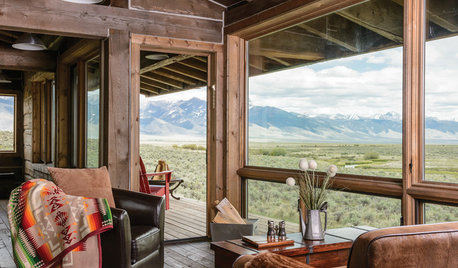
RUSTIC STYLEAt Home on the Range
Cabin retreats in idyllic locales fill the pages of the new book ‘American Rustic.’ We take you inside one of them
Full Story
KITCHEN APPLIANCESWhat to Consider When Adding a Range Hood
Get to know the types, styles and why you may want to skip a hood altogether
Full Story
HOUSEKEEPINGHow to Clean Your Range and Oven
Experts serve up advice on caring for these kitchen appliances, which work extra hard during the holidays
Full Story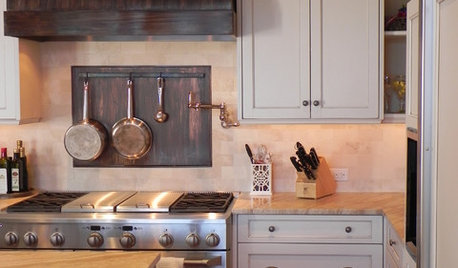
KITCHEN BACKSPLASHESKitchen Confidential: 8 Options for Your Range Backsplash
Find the perfect style and material for your backsplash focal point
Full Story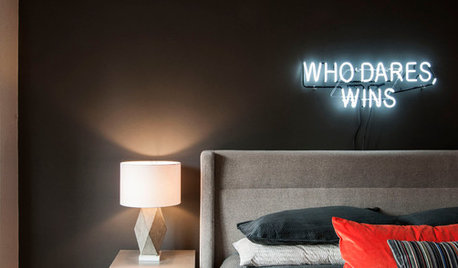
DECORATING GUIDESDecorating With Neon: It’s a Gas
Illuminated letters are lighting up interiors. What would your sign say?
Full Story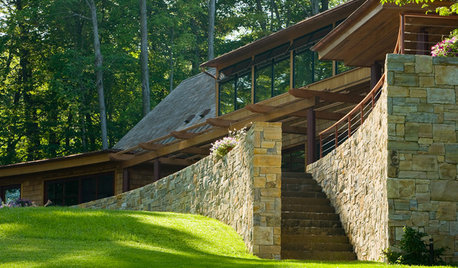
CONTEMPORARY HOMESHouzz Tour: 2 Wings for 3 Generations on a Vermont Lake
An extended family enjoys a spacious waterfront home influenced by farmhouses and Japanese architecture
Full Story
5 Stunning Modern Range Hoods
Today's kitchen range hoods can look like sleek sculptures. Here's what to look for when you go shopping for one
Full Story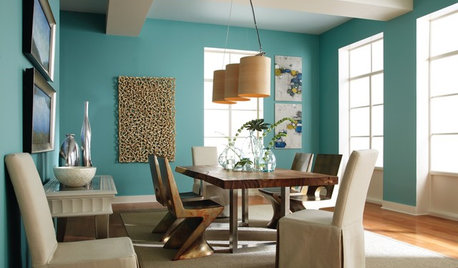
COLOR20 Wide-Ranging Colors Touted for 2014
Behr takes its turn in the color-forecasting game with 4 paint collections from superbold to sophisticated
Full Story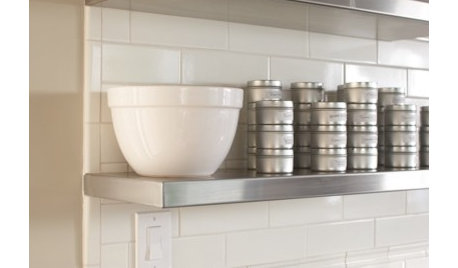
KITCHEN DESIGNHow Much Does a Kitchen Makeover Cost?
See what upgrades you can expect in 3 budget ranges, from basic swap-outs to full-on overhauls
Full StorySponsored
More Discussions








M4rtin
jwvideo
Related Professionals
Buffalo Kitchen & Bathroom Designers · Glens Falls Kitchen & Bathroom Designers · Northbrook Kitchen & Bathroom Designers · San Jose Kitchen & Bathroom Designers · Springfield Kitchen & Bathroom Designers · Pico Rivera Kitchen & Bathroom Remodelers · Port Arthur Kitchen & Bathroom Remodelers · Waukegan Kitchen & Bathroom Remodelers · East Saint Louis Cabinets & Cabinetry · Little Chute Cabinets & Cabinetry · New Castle Cabinets & Cabinetry · Palisades Park Cabinets & Cabinetry · Watauga Cabinets & Cabinetry · Watauga Cabinets & Cabinetry · Phelan Cabinets & CabinetryM4rtin
User
jwvideo
goodbyekitty
User